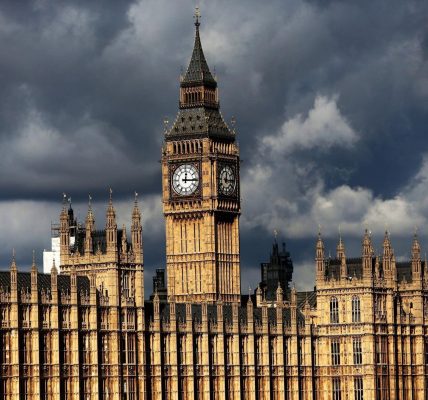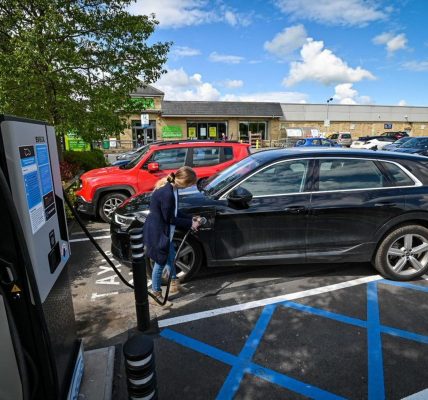How the Bank of England's Leeds hub could help the region's economy bounce back – Richard Davies
How the Bank of England's Leeds hub could help the region's economy bounce back – Richard Davies
The Bank of England’s decision to open a northern hub in Leeds could be one of the UK’s more important economic decisions for years to come.
Following recent plans to locate the new National Infrastructure Bank in Leeds and the Treasury’s northern campus up the A1 in Darlington, it is another sign of the ‘levelling up’ agenda being taken seriously and suggests policy makers are looking at innovative and fundamental ways for the economy to ‘bounce back better’.
We are going to have to.
In the wake of the largest economic slowdown in over 300 years and the Government pumping £340bn of Covid support into the economy, we are in unchartered economic waters.
Small firms have had it especially tough with the Covid lending schemes proving to be a financial lifeboat for many – over £70bn of new lending has been made to SMEs, with Government-backed lending now accounting for a third of all SME lending in the UK. Many SMEs face real pressure ahead. For over 60 per cent of firms using Bounce Back lending, the value of their loan is greater than 20 per cent of their turnover.
Navigating a credible course for economic recovery and growth against this backdrop is an enormous challenge.
In his Budget, there was a lot to be positive about in the Chancellor’s vision for an investment-led recovery.
Rishi Sunak is rightly targeting the UK’s weak productivity and business investment track record with bold steps like the Super-deduction investment tax relief.
Yet fundamental imbalances in the economy remain. A pre-Covid report by PWC underlined the regional productivity gaps with average output per job around 40 per cent above the UK average in London but about 16 per cent below the national average in US and the Humber.
Likewise, we see SME lending gaps across the country. According the new lending data, the share of lending going to SMEs in London is 30 per cent more than its share of the SME business population, while in US and the Humber it is about 10 per cent less.
That comes after data last month showing that only 11 per cent of the Government’s Future Fund for high growth firms went to firms in the North.
Not every SME has been pushed to the brink through Covid. According to the British Business Bank over 40 per cent of SMEs either stayed the same size or grew through the crisis, while 20 per cent of SMEs expect to grow over the next 12 months – 40 per cent among the UK’s vibrant but under-reported mid-sized SMEs.
It is vital these small firms have access to flexible and affordable funding options to help them grow during the recovery.
SMEs will drive our return to growth if the conditions are right for them to invest, recruit and grow, but as the Covid-lending schemes are wound down the conditions for a strong, vibrant and competitive SME finance market are weak.
While large banks have accounted for the vast bulk of Covid-lending, that has squeezed out many specialist SME lenders and fintechs reducing choice for SMEs as we turn to recovery.
The big high street banks are undoubtedly going to have work cut out managing the large Covid loan books but challenger banks remain hamstrung by stringent capital requirement rules and a market where lower funding costs for the largest banks make it difficult to get affordable and competitive lending out to SMEs in need.
The Bank of England already has an excellent network of regional agents monitoring business conditions across the country, but bringing the Bank’s policy-making team closer to the action so they can see the challenges – and opportunities –to help business grow has got to be right.
It could prove to be one of the critical factors in helping us to ‘bounce back better’.










